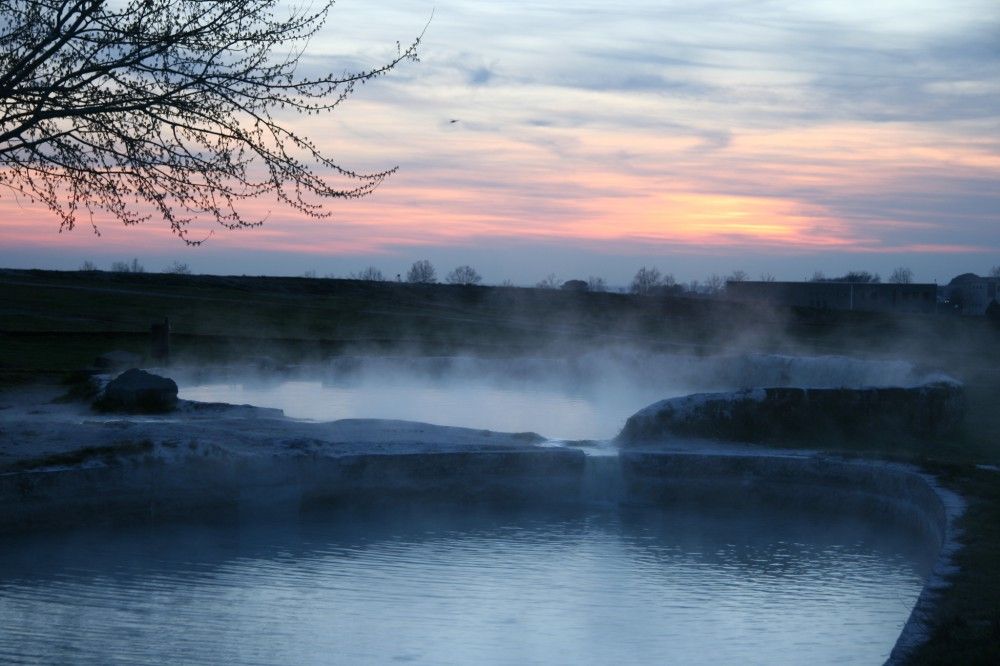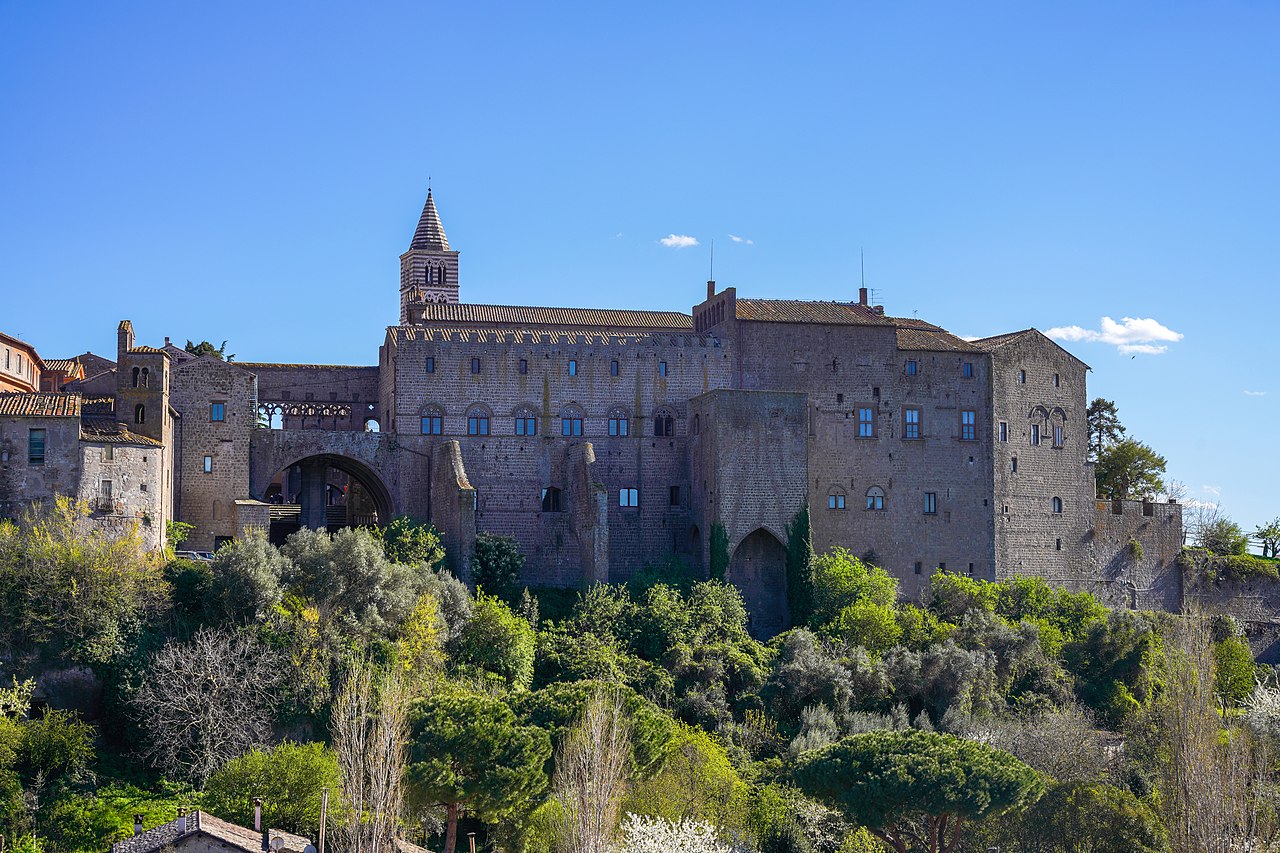Welcome to Viterbo, a town of Etruscan origin with a rich history and renowned thermal baths. As the papal seat from 1257 to 1281, Viterbo has been a favorite destination for popes and artists since the Middle Ages. The thermal springs, first mentioned in a municipal document dating back to 1251, have been a source of relaxation and rejuvenation for centuries.
Whether you seek recreation, cultural immersion, or a connection with nature, Viterbo is the perfect destination for a healthy retreat. Discover the natural wonders that make Viterbo a truly remarkable place to visit in the Lazio Region, situated at the foot of the Cimini Mountains, northwest of Rome.
Salsomaggiore Tourist Officce
Historical Background
Remnants of 14 Roman bath buildings can be found throughout the area, with Aquae Passeris, Paliano, and Bullicame being the most significant. These thermal springs have been mentioned by well-known figures such as Vitruvio, Strabone, Tibullo, Simmaco, Marziale, and Scribonio Largo, physician to the emperor Tiberio.
One of the most remarkable thermal structures in Viterbo is “Il bagno del Papa,” a personal thermal retreat built by Pope Niccolò V in 1450. Designed by the famous architect Bernardo Rossellino, this beautifully decorated building was later modernized by Pope Pio II. The influence of Viterbo’s thermal springs can even be found in Dante Alighieri’s Divine Comedy, where he mentions them seven times. A popular verse from the poem is carved in a stone pillar next to the Bullicame spring, which is a must-visit attraction.
In addition to the thermal baths, Viterbo boasts a wealth of historical buildings and cultural attractions. The Museo Colle del Duomo, Palazzo dei Priori, Museo del Sodalizio dei Facchini di Santa Rosa, Museo Civico Rossi Danielli, Museo Nazionale Etrusco Rocca Albornoz, and Museo della Ceramica della Tuscia are just a few examples of the heritage sites waiting to be explored.
Nature lovers will also find solace in Viterbo. The Riserva Naturale Lago di Vico, established in 1982, is a protected area that showcases the beauty of the ancient forest of Monti Cimini. This natural heritage site was recognized by UNESCO on July 7, 2017, further highlighting the importance of preserving its unique ecosystem.
The waters
Springs, pools, and lakes
Viterbo’s thermal resources have different compositions and temperatures, allowing you to relax and enjoy their therapeutic benefits. Most resources offer hyperthermal sulfur, bicarbonate, sulfate, alkaline-earth, and fluorinated waters. These waters have a wide range of temperatures from 30 to 63 Celsius degrees. Some of them content tritium, that suggests an isotopic age of the water between 35 and 45 years.
Main Springs
Tabiano
Earliest known use:
Pre-Roman
Hottest Spring
16ºC
Chemical Elements
Sodium chloride, bromine, iodine, sulphur


